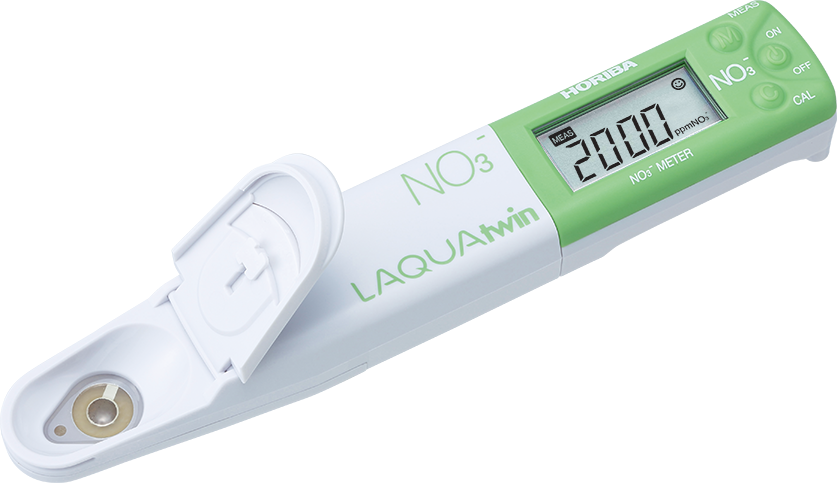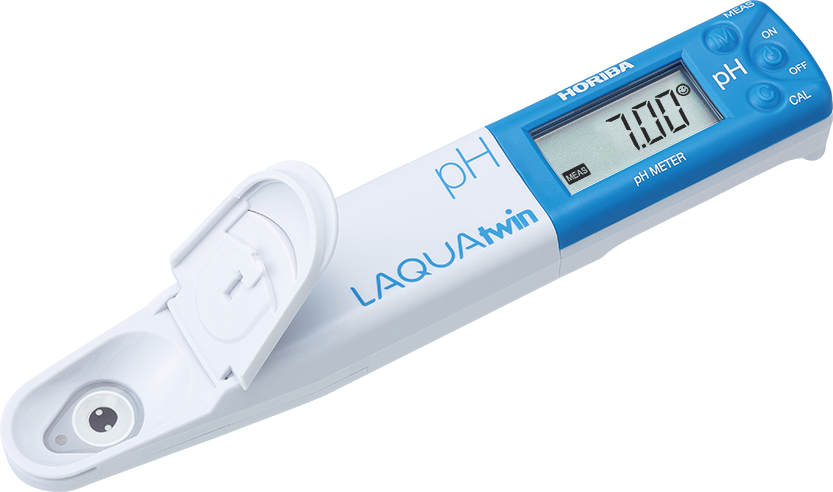Importance of Nutrient Measurement in Potato Plants
Nutrient measurement is essential for the growth, yield, and quality of potato crops. Potatoes require a balanced supply of nitrate (NO₃⁻), potassium (K), calcium (Ca), and appropriate soil pH to ensure optimal development. Monitoring these nutrients in soil and plant tissues helps optimize fertilization, prevent deficiencies, and enhance crop productivity


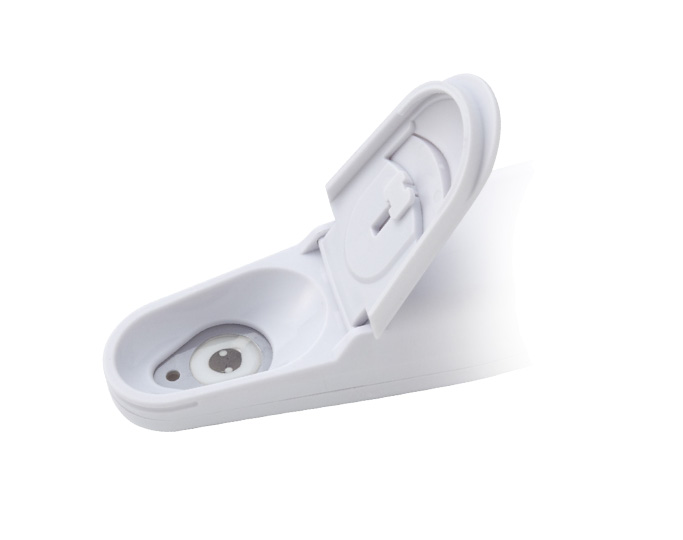
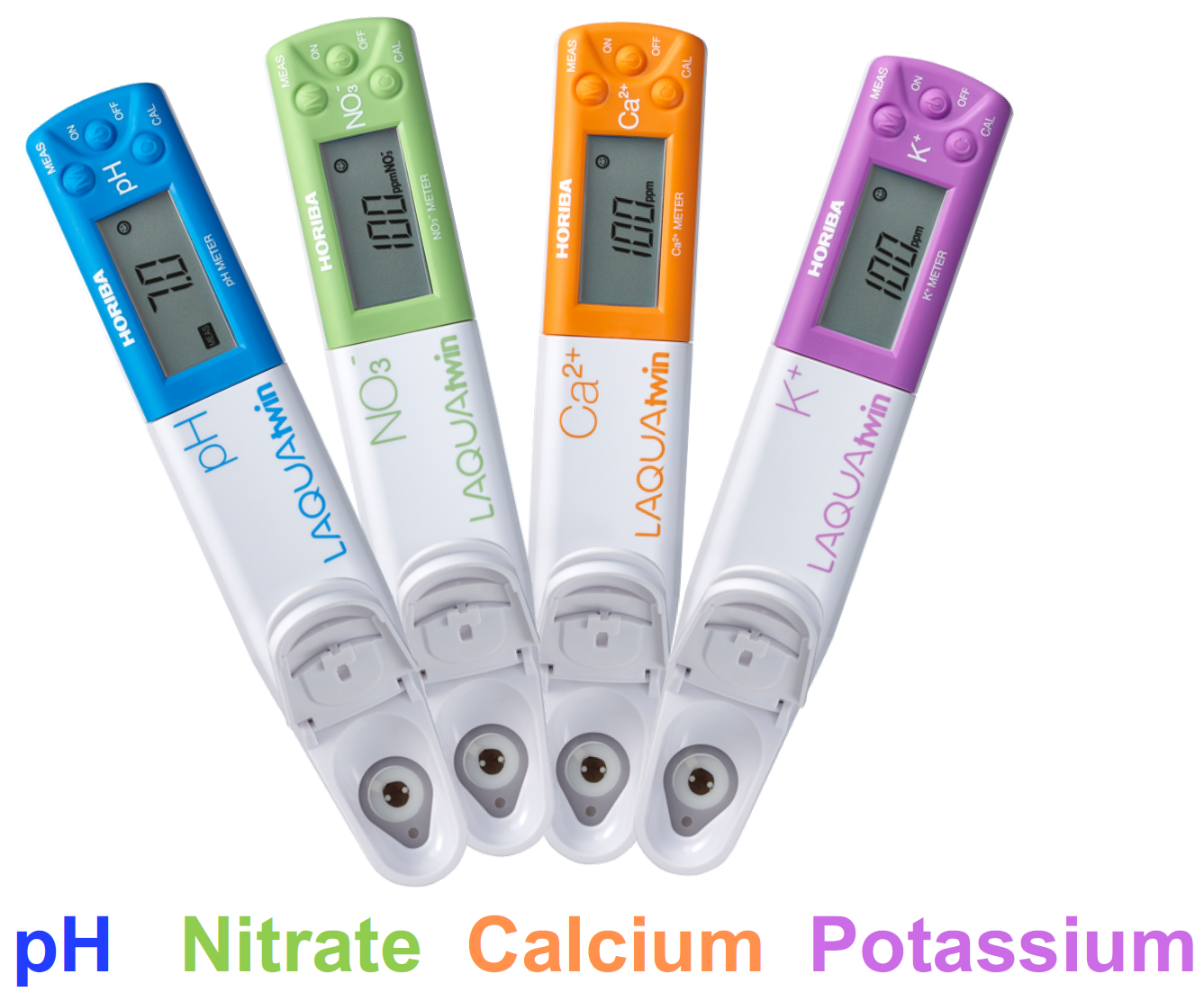
Importance of Nutrient Measurement in Potato Plants
- Optimized Nitrogen Utilization (Nitrate Measurement): Ensures sufficient nitrogen for vegetative growth and tuber development. Avoids excessive nitrogen application, which can lead to delayed tuber formation.
- Potassium's Role in Tuber Formation: Supports starch synthesis, improving tuber size and quality. Enhances disease resistance and stress tolerance.
- Calcium for Cell Wall Strength: Prevents tuber disorders such as internal browning and hollow heart. Strengthens plant structure and improves shelf life.
- pH Regulation for Nutrient Availability: Ensures efficient nutrient uptake by maintaining an optimal pH (5.5–6.5). Prevents nutrient lock-up caused by highly acidic or alkaline soils.
- Sustainable Fertilizer Use: Reduces over-application of nutrients, minimizing environmental impact. Improves nutrient-use efficiency, leading to cost-effective crop management.
Deficiencies and their Effects in Potato Plants
- Nitrate (Nitrogen) Deficiency: Symptoms: Yellowing of lower leaves, stunted growth, reduced tuber yield. Causes: Poor soil nitrogen levels, excessive leaching, improper fertilization.
- Potassium Deficiency: Symptoms: Leaf margins turn brown or scorched, weak stems, reduced starch content in tubers. Causes: Sandy soils with low K retention, heavy rainfall, and unbalanced fertilization.
- Calcium Deficiency: Symptoms: Internal browning, poor tuber skin quality, susceptibility to disease. Causes: Low soil calcium levels, poor translocation in plants, high soil magnesium interfering with calcium uptake.
- pH Imbalance: Acidic Soil (pH <5.5): Limits nutrient availability, particularly calcium and potassium. Alkaline Soil (pH >7.0): Reduces nitrogen efficiency and micronutrient uptake.
Methods of Nutrient Measurement
Differences in crop yield between fields can be attributed to various factors, with nutrient management being a key determinant. Soil pH and calcium measurement are critical, as they influence the availability of essential nutrients. Measuring nitrate and potassium levels in fresh plant sap provides real-time insight into the nutrients absorbed by the plant, reflecting its immediate nutritional status. Field testing enables growers to detect nutrient imbalances before visible deficiency symptoms appear, allowing proactive fertilization strategy adjustments.
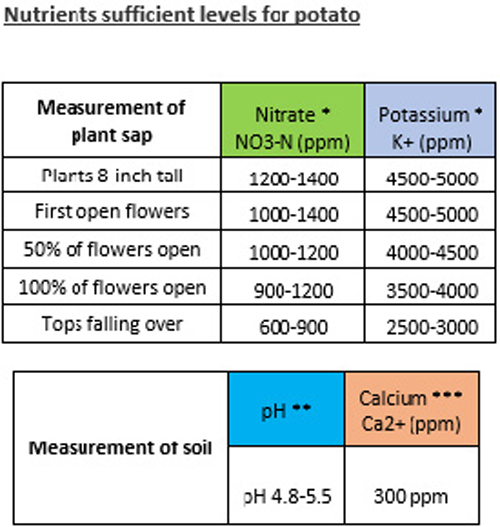
Benefits of Measuring Nutrients in Soil and Plant Sap
- Immediate response: Field testing provides instant results compared to laboratory analysis.
- Simple and quick measurement: Tests can be performed directly in the field without specialized equipment.
- Improved fertilization planning: Soil and sap measurements indicate how crops are responding to current fertilization strategies, enabling timely adjustments.
Method
1. Soil:
- Add 20 mL of deionized water to 20 gram of soil in a glass container (Dilution 1:1).
- Stir for 5 minutes (ideally let the mixture rest for an hour).
- After calibrating the LAQUAtwin meters, take the water phase of the soil sample with a pipette and place a few drops on the sensor.
2. SAP:
- Select the youngest fully developed leaves, sampling 10–20 leaves per hectare.
- Collect leaves in the morning and always at the same time of day (ideal conditions: 18–25°C, 60–85% relative humidity).
- Separate the leaf from the petiole, cut the petiole into small pieces, and squeeze sap with a garlic press.
- After calibrating the LAQUAtwin meters, place the sap on the sensor and take the reading.
Best Practices for Nutrient Management in Potatoes
- Apply nitrogen in split doses to support initial growth without delaying tuberization.
- Ensure adequate potassium levels throughout the growing season to enhance yield and quality.
- Incorporate calcium-rich fertilizers to prevent internal tuber disorders.
- Monitor and adjust soil pH using lime (for acidic soils) or sulfur (for alkaline soils).
- Conduct regular soil and tissue tests to make informed fertilization decisions.
Monitoring nitrate, potassium, calcium, and soil pH in potato plants is essential for optimizing growth, improving tuber quality, and preventing nutrient-related disorders. Regular nutrient assessments enable precise fertilization, leading to sustainable potato production and enhanced farm profitability. Implementing best nutrient management practices ensures healthier crops and higher yields.
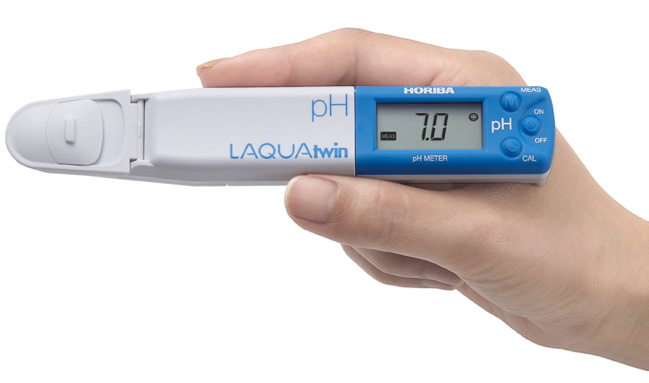
LAQUAtwin: the only meters with flat sensor technology.
HORIBA’s highly-sensitive, flat sensor technology opens up new possibilities for sampling and sample types. Only a small amount of sample is required, so you can easily sample in situ without the need for beakers or other labware. Sensors are easily replaced as required.
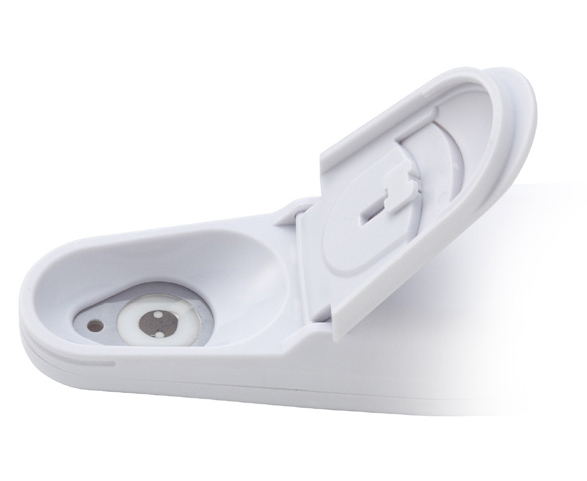
Calibrate and measure at the touch of a button — the smiley face will tell you when the result can be read.
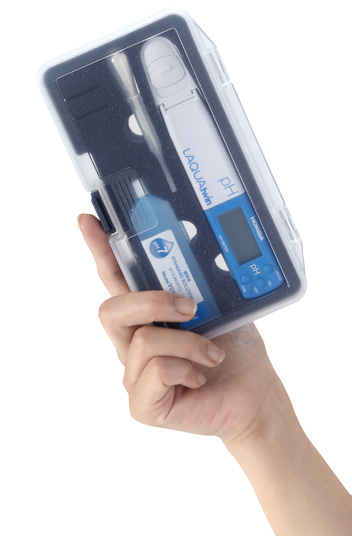
LAQUAtwin is fully waterproof and dustproof.
The meter and sensor are fully waterproof* and dustproof, so you can take it anywhere.
* IP67 rated. Will withstand immersion for 30 minutes at 1 m. Not suitable for underwater use.
Carry case comes as standard for handy portability.
The compact carry case contains everything you need for your measurements, including the standard solution and sampling sheets.

